Your New Air Travel Checklist

Today, as we continue to emerge from the pandemic, air travel is back on the agenda for many. But hitting “the friendly skies” after a long gap may include a bit of excitement — and a bit of stress. Read on for a selection of tips from medical and travel sources on what to expect and how to prepare, so that your next plane trip is as turbulence-free as possible.
Related: 30 Air Travel Perks We Miss
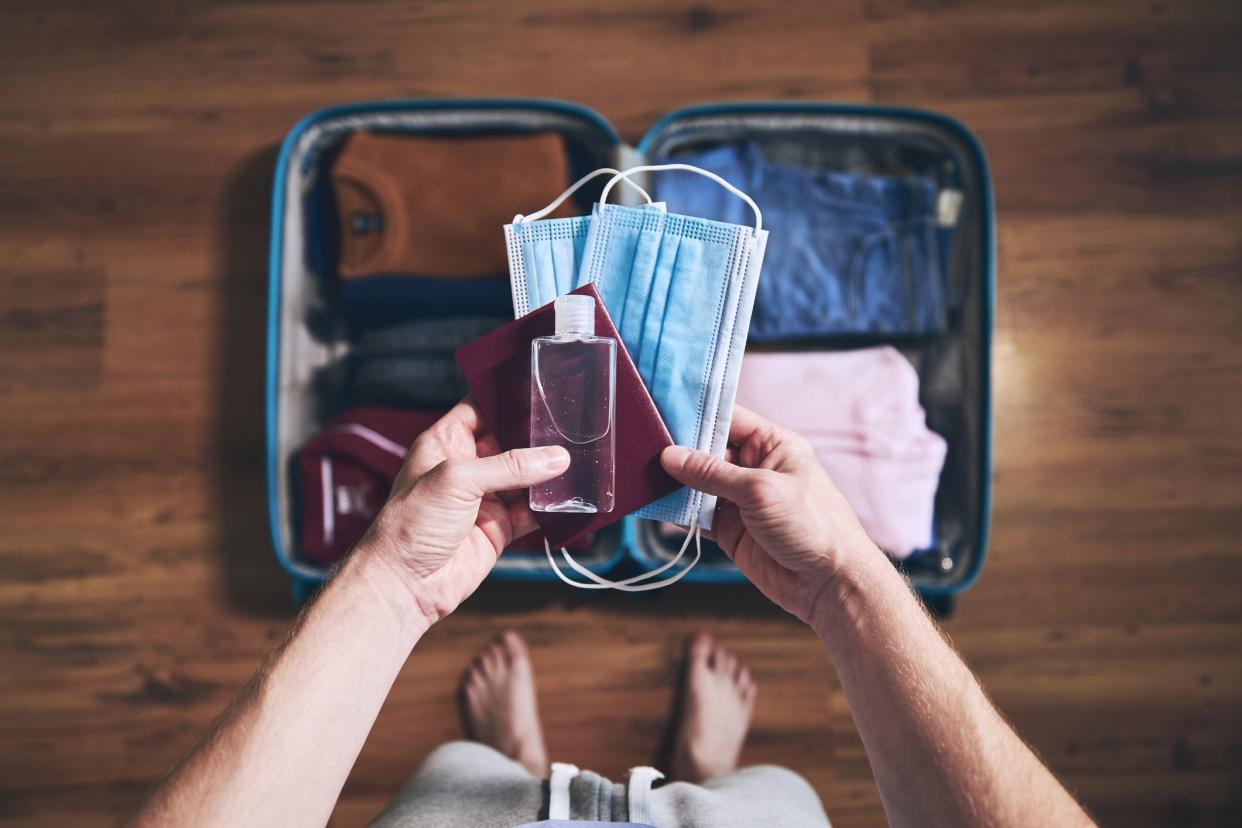
As the Centers for Disease Control and Prevention (CDC) continues to update its health guidance, one thing that remains constant is the requirement of wearing masks on public transportation. “In the U.S., the TSA has extended the face-mask requirement across all transportation networks through Sept. 13,” says Perry Flint, Head of Corporate Communications, USA, for the International Air Transport Association, a trade organization of the world’s airlines founded in 1945.
Related: 15 Ways the Coronavirus Has Changed Americans' Daily Lives

Since you need a mask, Brett Snyder, founder and author of the airline industry blog Cranky Flier, suggests you go an extra step. “The No. 1 thing travelers need to make sure they bring is a mask ... or two,” he tells Cheapism. “It’s a good idea to bring a couple different kinds of masks so that travelers can switch during a long flight. Some masks might hurt ears, others might hurt a nose. Switching can help prevent the discomfort.”
Related: Masks and Accessories to Make Covering Your Face More Comfortable
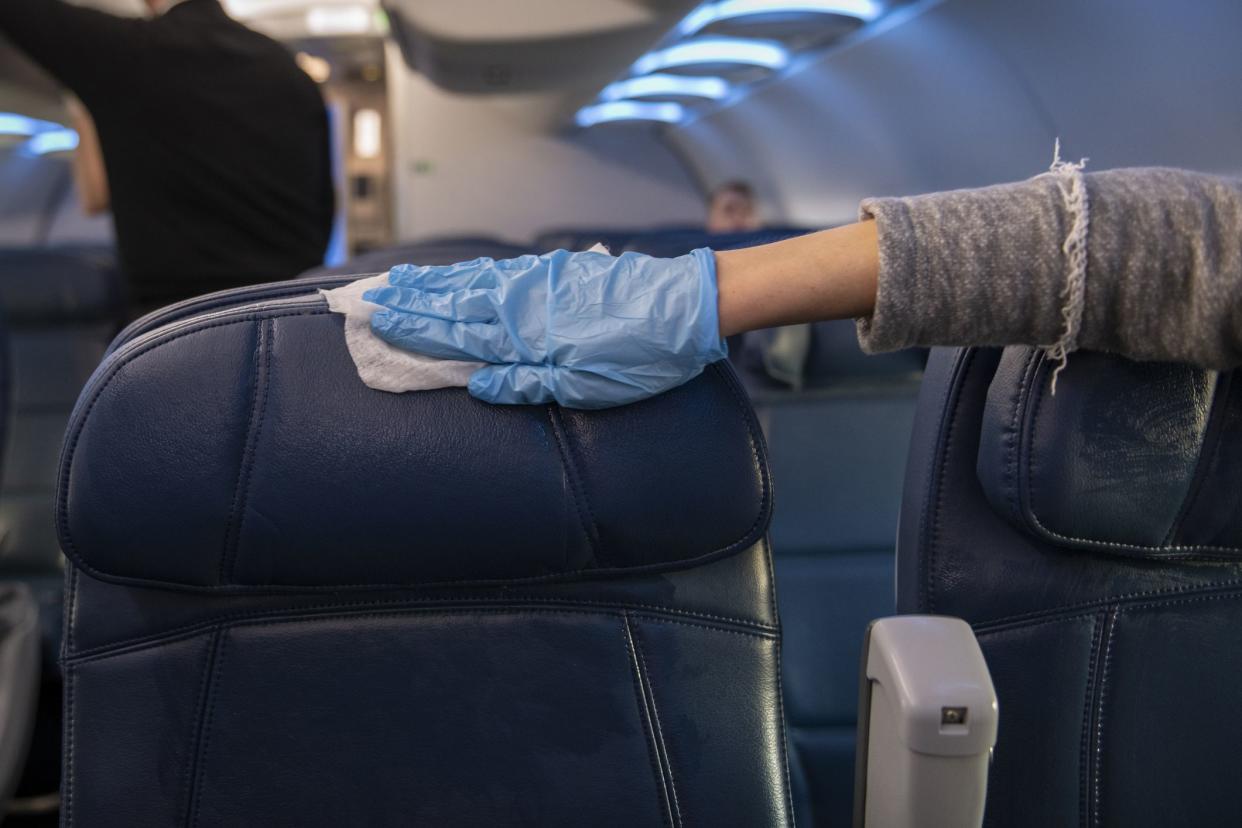
“Travelers also can’t go wrong bringing sanitizer and wet wipes,” adds Snyder. A feature on The University of Colorado Health (UCHealth) Today site adds, “It’s best to be cautious, so assume that a common surface may be contaminated. Wipe down your airline seat, tray table and armrests. Sanitize or wash your hands frequently.”
For more great travel guides and vacation tips, please sign up for our free newsletters.
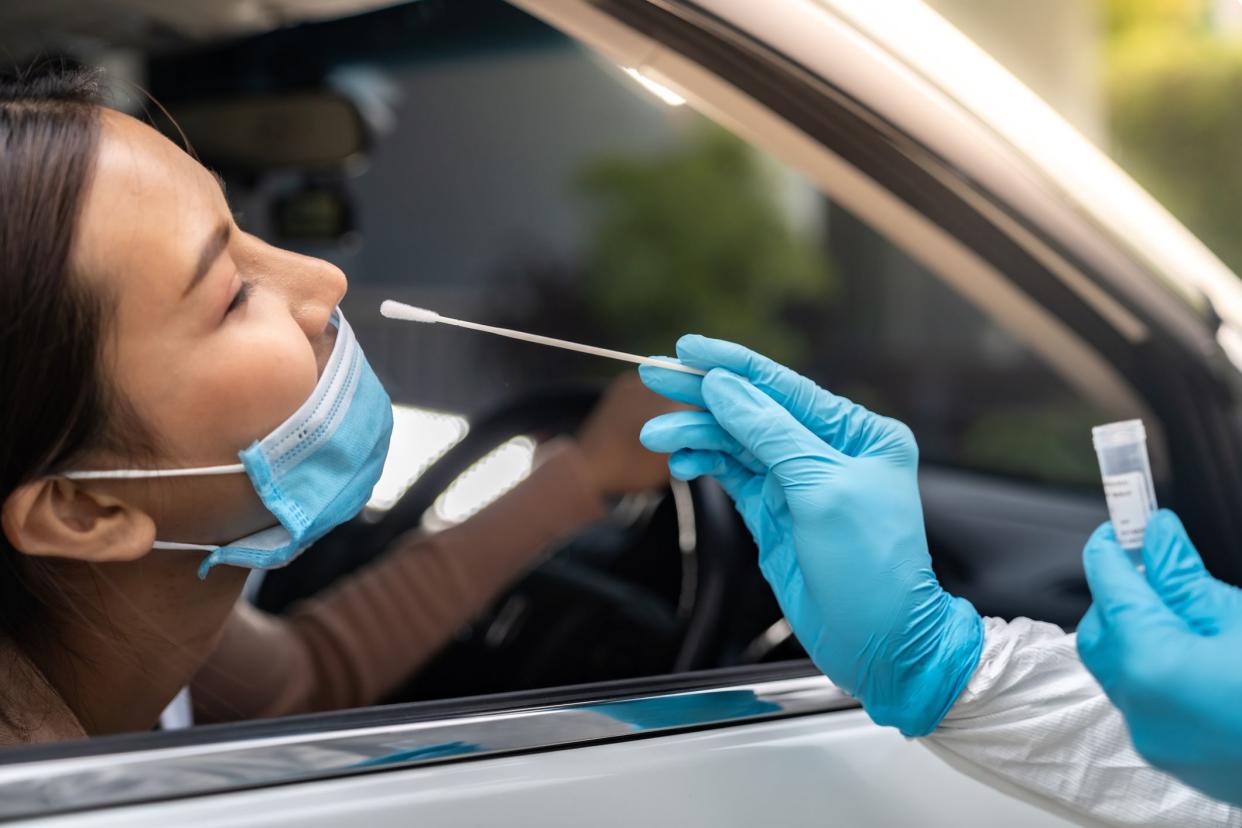
For those not yet vaccinated but needing to travel, proof of a negative COVID-19 test is necessary. The UCHealth Today site notes that, “Many countries and territories outside the continental United States require travelers to show proof of a negative result from a high-quality PCR COVID-19 test at their borders. The traveler must take the test within 72 hours of departure. Make sure you get tested for COVID-19 at a site that can provide you with fast, reliable results. The last thing you want is to be waiting for test results and miss your flight.”
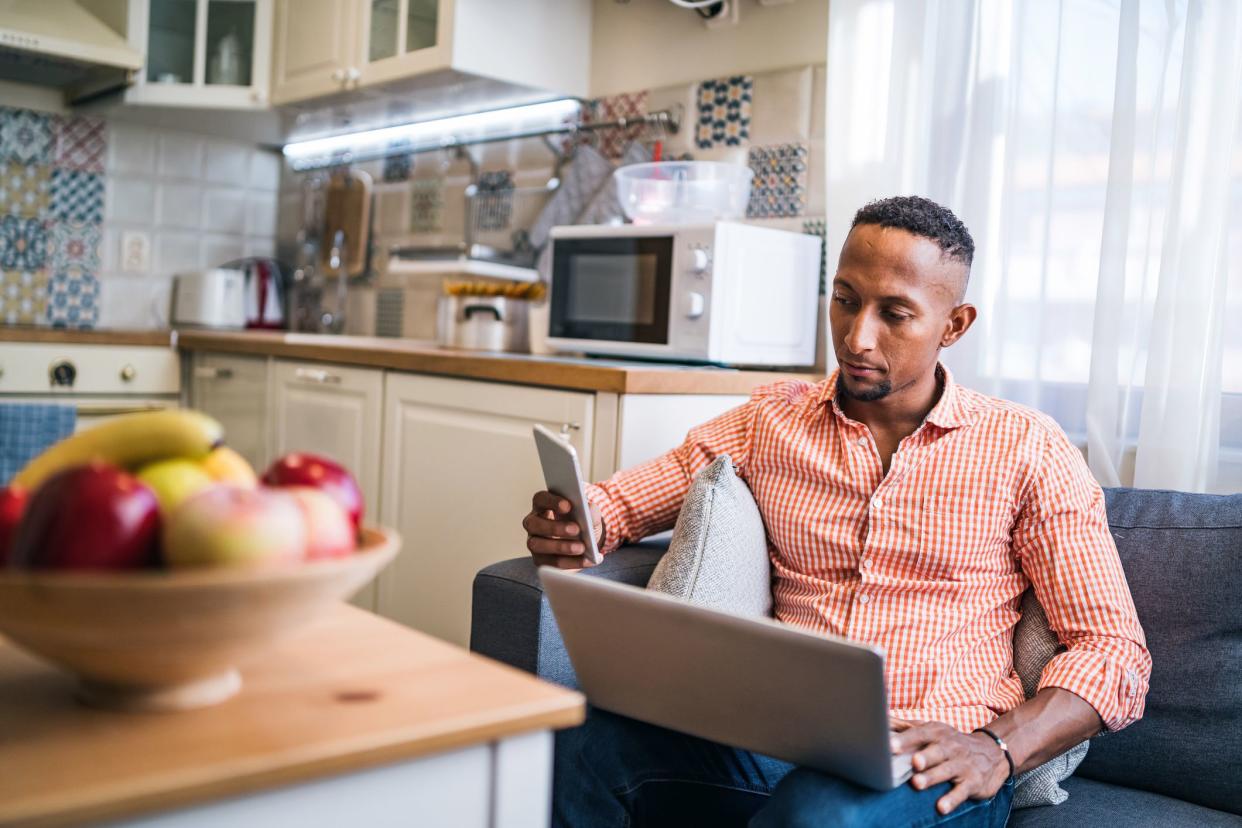
The CDC also provides an up-to-the-minute resource on destinations around the world and precautions and advisories. It’s useful not only when planning a trip but also for keeping tabs on it as your journey gets closer.
Related: 14 Industries That Have Been Hit Hardest by the Pandemic
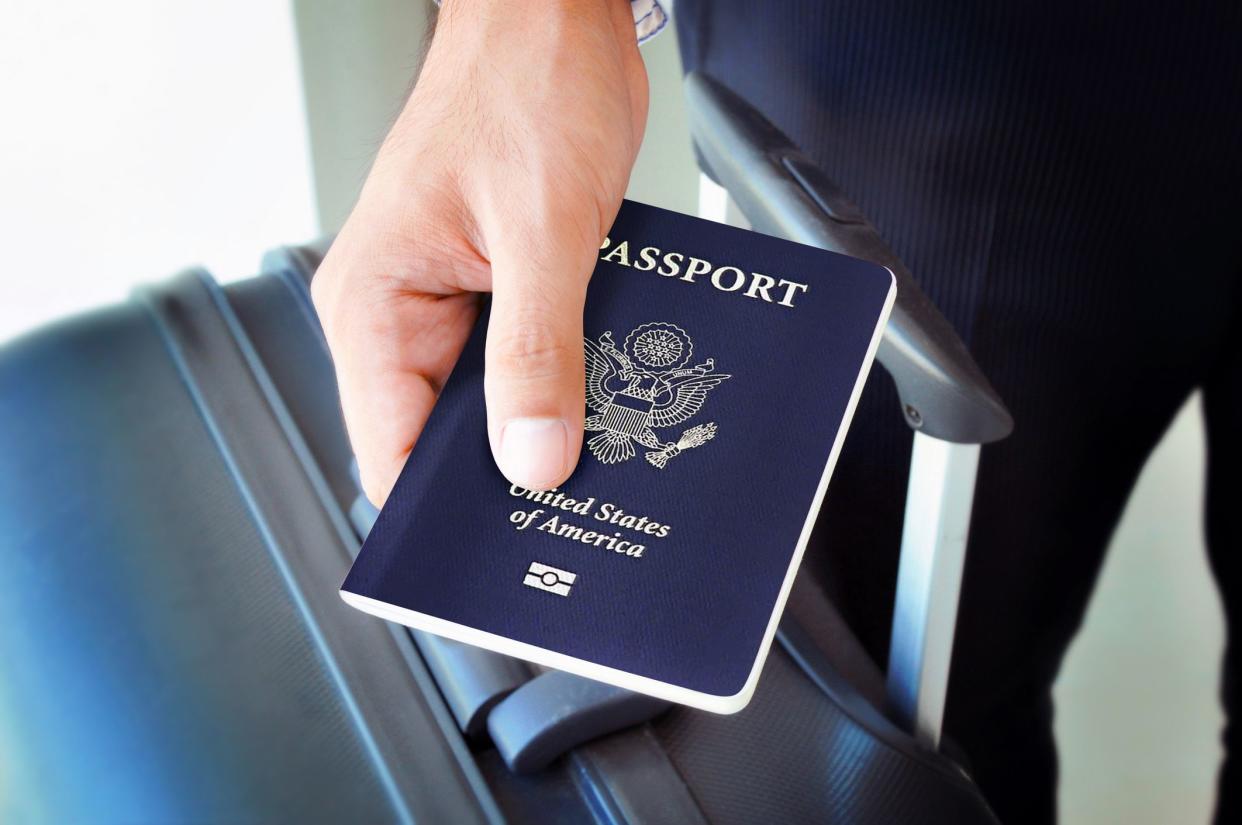
During the pandemic, let’s be honest, things were sliding. Whether we neglected to get our hair cut or renew our driver’s license, some things just didn’t get done in a timely manner. When it comes to getting back to air travel, be sure your passport is current — and note that many countries require that it be valid for at least six months before travel. Check out expedited services for renewal to be sure you can actually go where you want.
Related: These Island Vacations Don't Require a Passport

It’s always been recommended that you arrive in plenty of time before your flight to complete all check-in procedures. These days, that’s even truer. Delta, for example, suggests you arrive two hours before takeoff for domestic flights. Check your carrier for specific details.
Related: Big Mistakes Every Novice Traveler Makes and How to Avoid Them
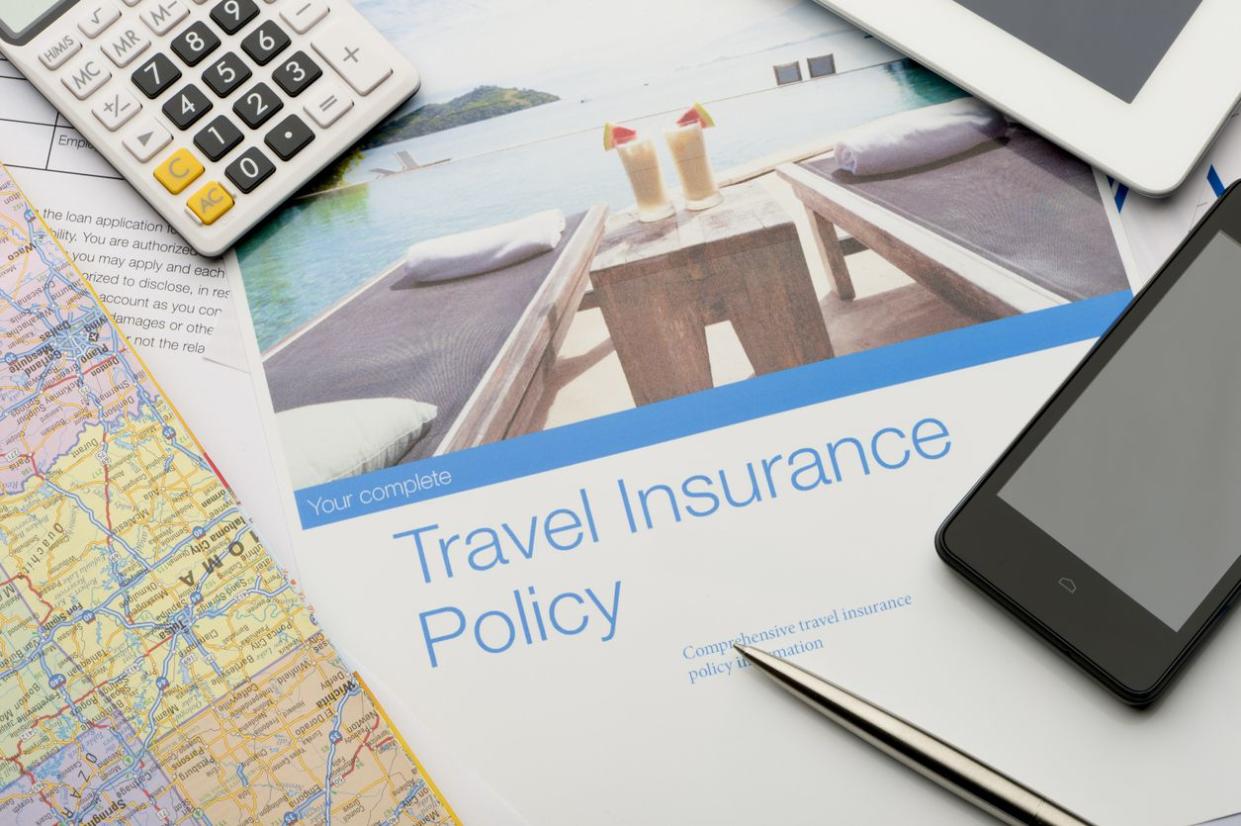
Some people swear by insurance, others not so much. In the age of COVID-19, travel insurance has been impacted. Be sure any policy you might purchase offers the coverage you are looking for.
Related: 25 Annoying Airline Upcharges That Are Actually Worth It

Veteran travelers will likely be most aware of new procedures, such as staggered boarding. You can check the site of your airline to get a clearer idea of how you will get from the curbside drop to your plane seat. The TSA site, a wealth of COVID-19 information, offers details of its TSA Pre-Check program, which ensures a smoother screening process.
Related: 15 Expert Secrets to Stress-Free Flying

Feel you’re still on your own? Travelers can consult resources such as Expedia Group, dedicated to world travel. During the pandemic, it has expanded its resources to help those make informed travel decisions — even teaming up this month with pop star — and world traveler — Joe Jonas for a new campaign to reassure those setting off on a journey.

Mental health has taken a hit during the pandemic. Anxiety has become a travel companion, whether you’re going to the grocery store or across the world. According to Expedia Group’s Travel Companions Report, there are ways to combat anxiety when traveling and range from listening to music to meditating to even asking a fellow traveler for help.
Related: 13 Ways to Improve Your Mental Health During a Pandemic

If you consider yourself a maverick, leave the cocky attitude at home. The rules and regulations in place during the pandemic are for the protection of everyone. In some cases, noncompliance might even earn you a spot on a no-fly list.
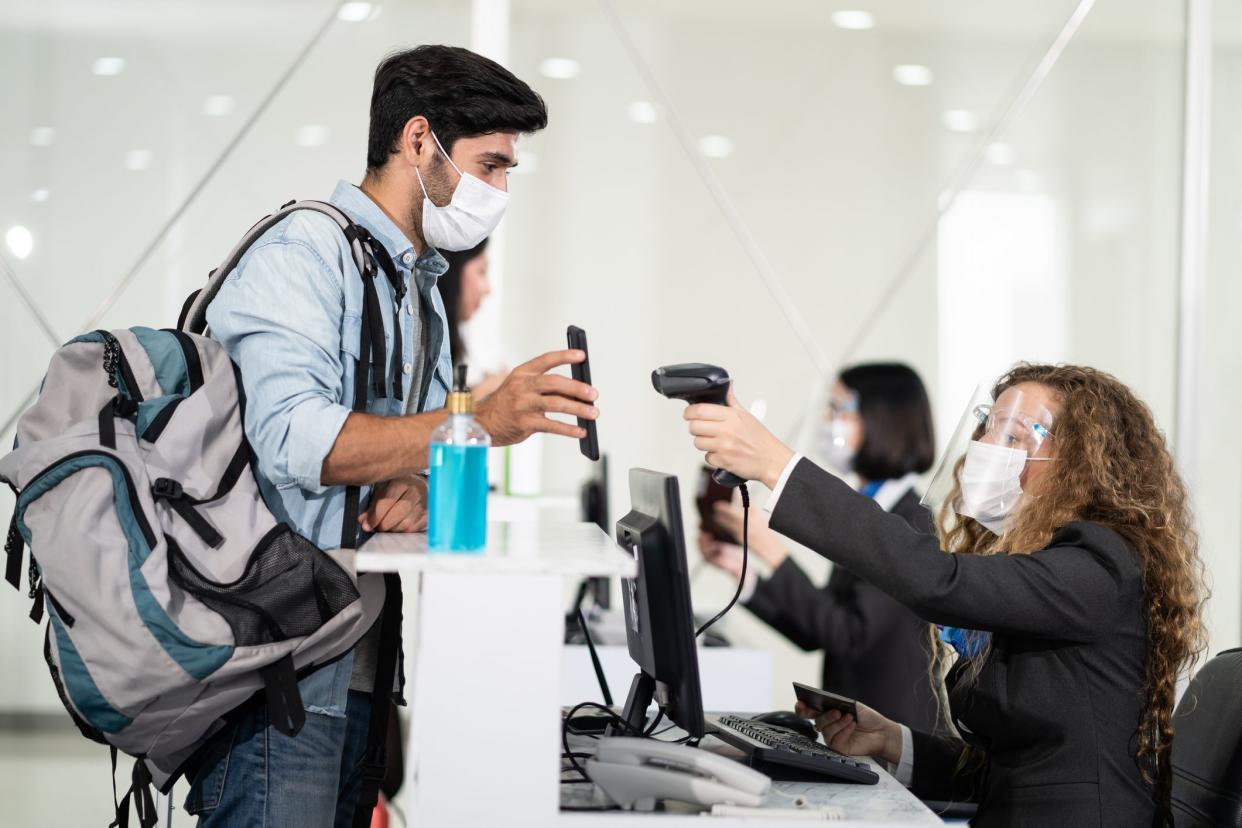
A “multi-layered approach similar to that recommended for schools and offices is in place at airports across the country,” The Harvard Gazette noted in February. Citing the findings of researchers with the Aviation Public Health Initiative at the Harvard T.H. Chan School of Public Health, the Gazette reported that these include, “upgraded ventilation, sanitized surfaces, technology that encourages contactless transactions, as well as the familiar hand hygiene, mask wearing, and physical distancing.” All, it said, can reduce exposure to viruses that a traveler might be carrying.
Related: 16 of the Most Passenger-Friendly Airports in the World

“Things are starting to get back to normal in airports,” says Cranky Flier founder Brett Snyder, and that may lessen stress. He further tells Cheapism that travelers can “expect more social distancing when possible, more Plexiglas separating travelers from airline employees, and of course, mask-wearing everywhere.”
Related: Ways the Pandemic Has Changed Our Lives in 2020

No journey is without its risks — and rewards. Dr. Andrés Henao, internal medicine physician, infectious disease specialist, and director of the UCHealth Travel Clinic at the University of Colorado Anschutz Medical Campus, tells Cheapism that, “Yes, there are health concerns in airports, more so for unvaccinated people. Gatherings in airport settings such as terminals, restaurants, shops, stores, etc. can still pose a risk of exposure to COVID-19.”
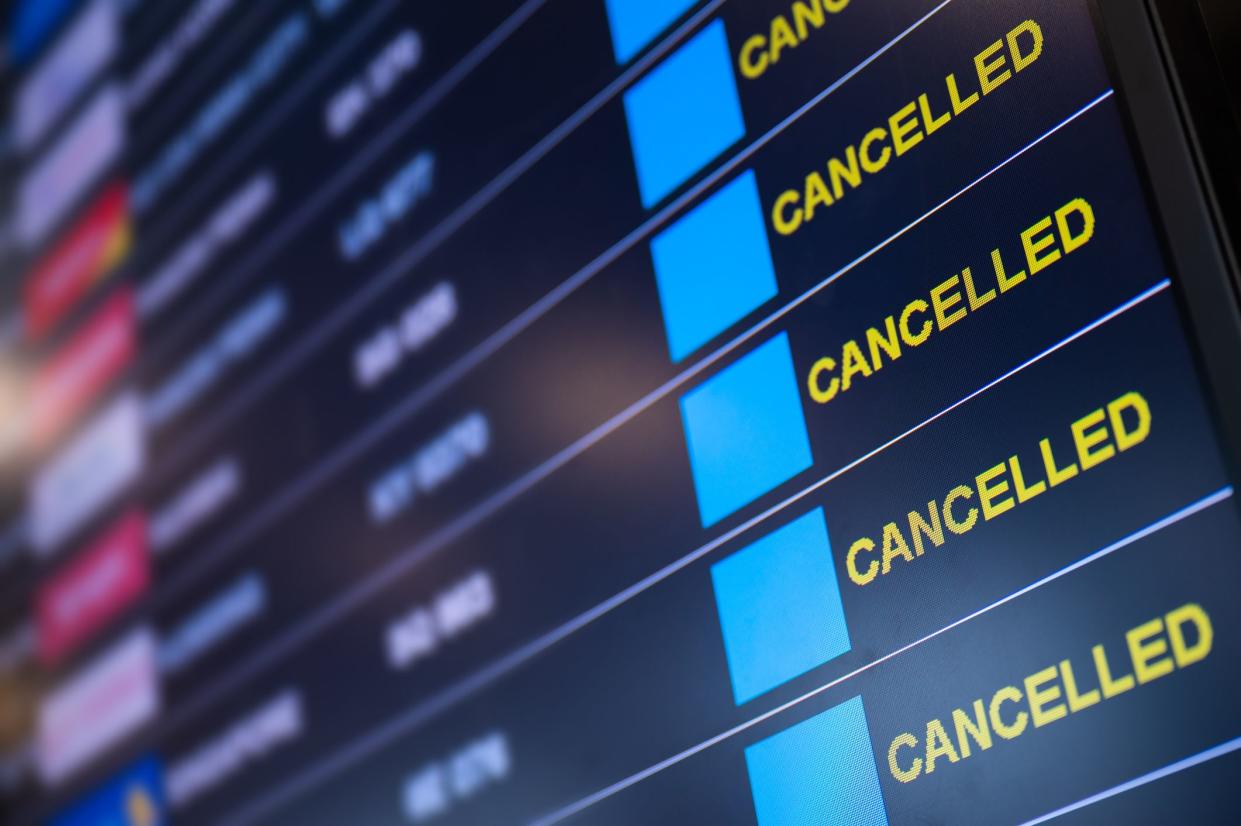
With the pandemic landscape changing every day, the airline industry has become more flexible. It’s more inclined to work with travelers when it comes to policies related to flight changes and cancellations. As the American Airlines site notes, “Life changes… and so do we.”
Related: 18 Ways the Pandemic Changed Travel
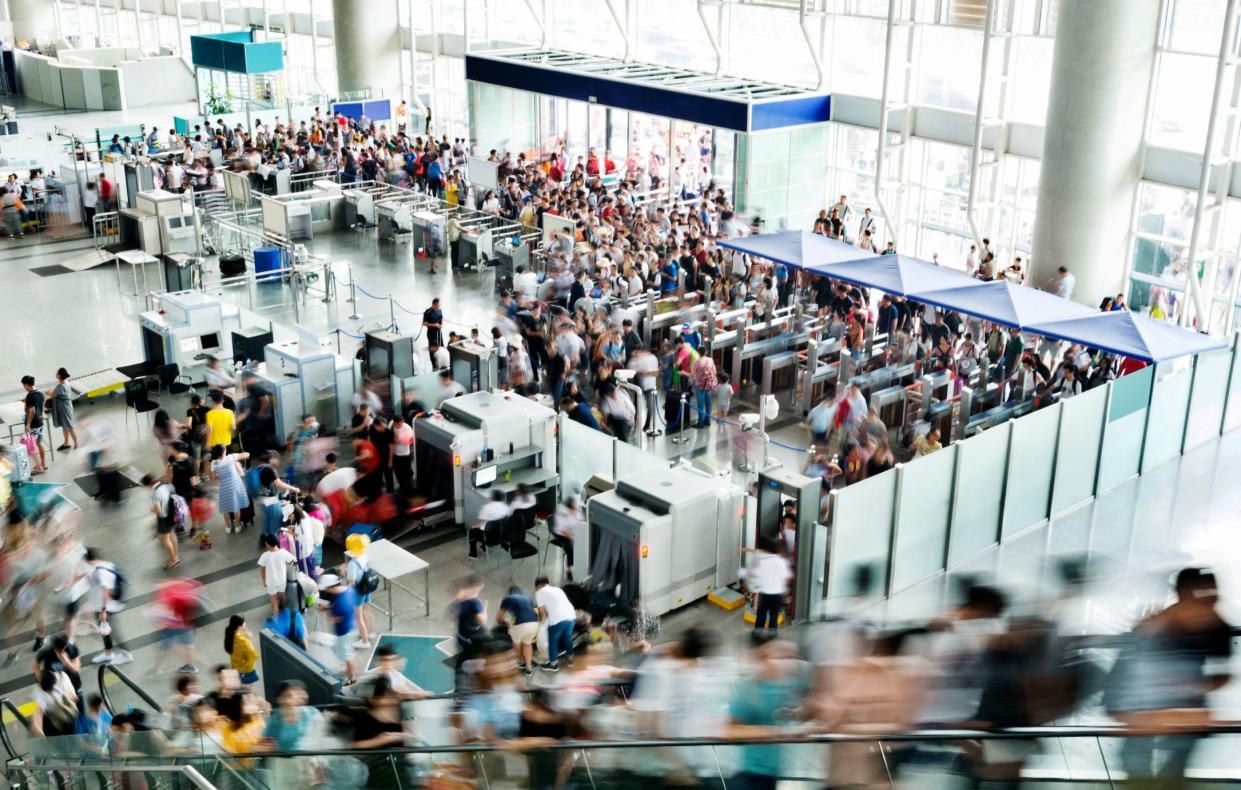
Travel, especially this summer, is expected to surge. With the increases in vaccinations, more people feel safe venturing beyond their own region, so travelers can expect larger crowds in airports. CNBC recently covered how the industry is expected to react to the increased demand.
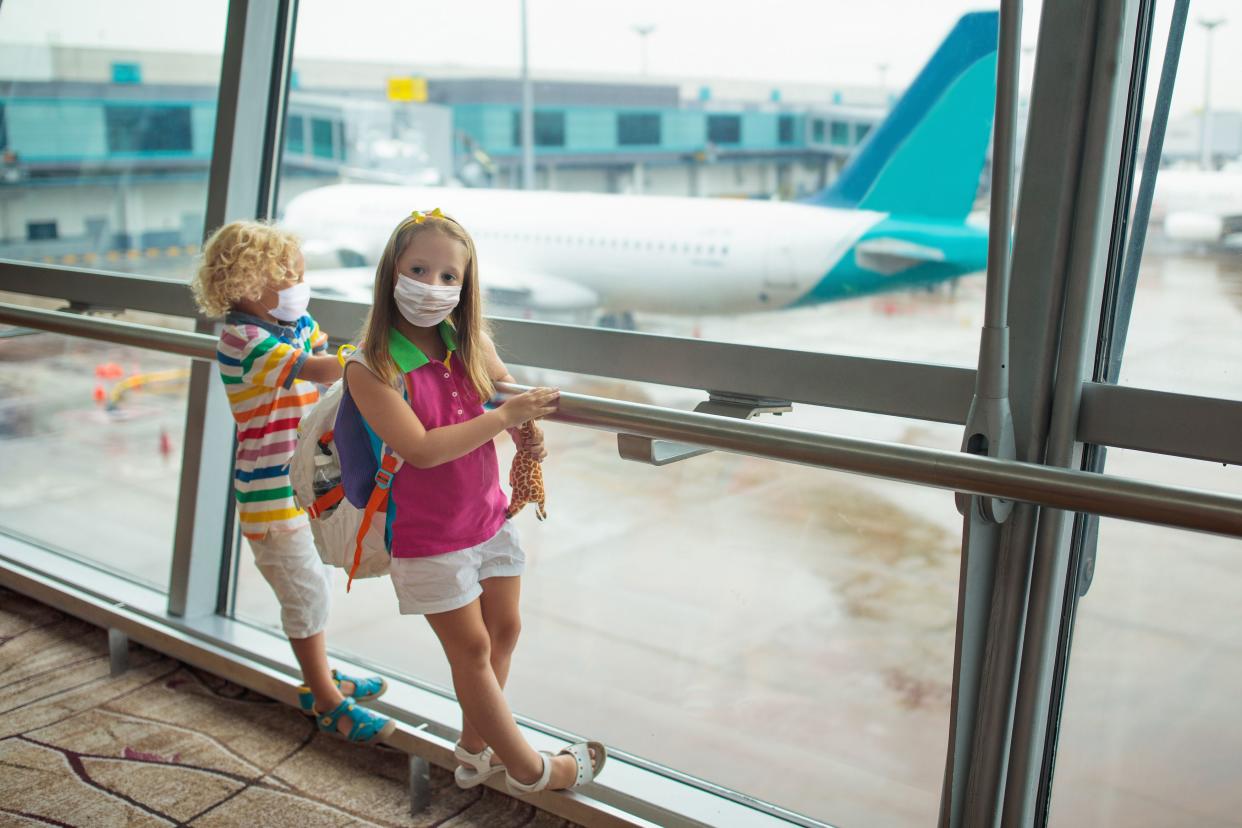
When it comes to traveling with children, the rules are constantly being updated. “Because each country sets its own border entry regulations, there is no one-size-fits-all answer,” says the International Air Transport Association's Perry Flint. Snyder adds, “Depending upon where children travel, they may either not be allowed or they will be required to show a negative test. These rules are being created by each country, and we’ll see what happens as it unfolds.”
Related:12 Tips for Smooth Travel With Kids
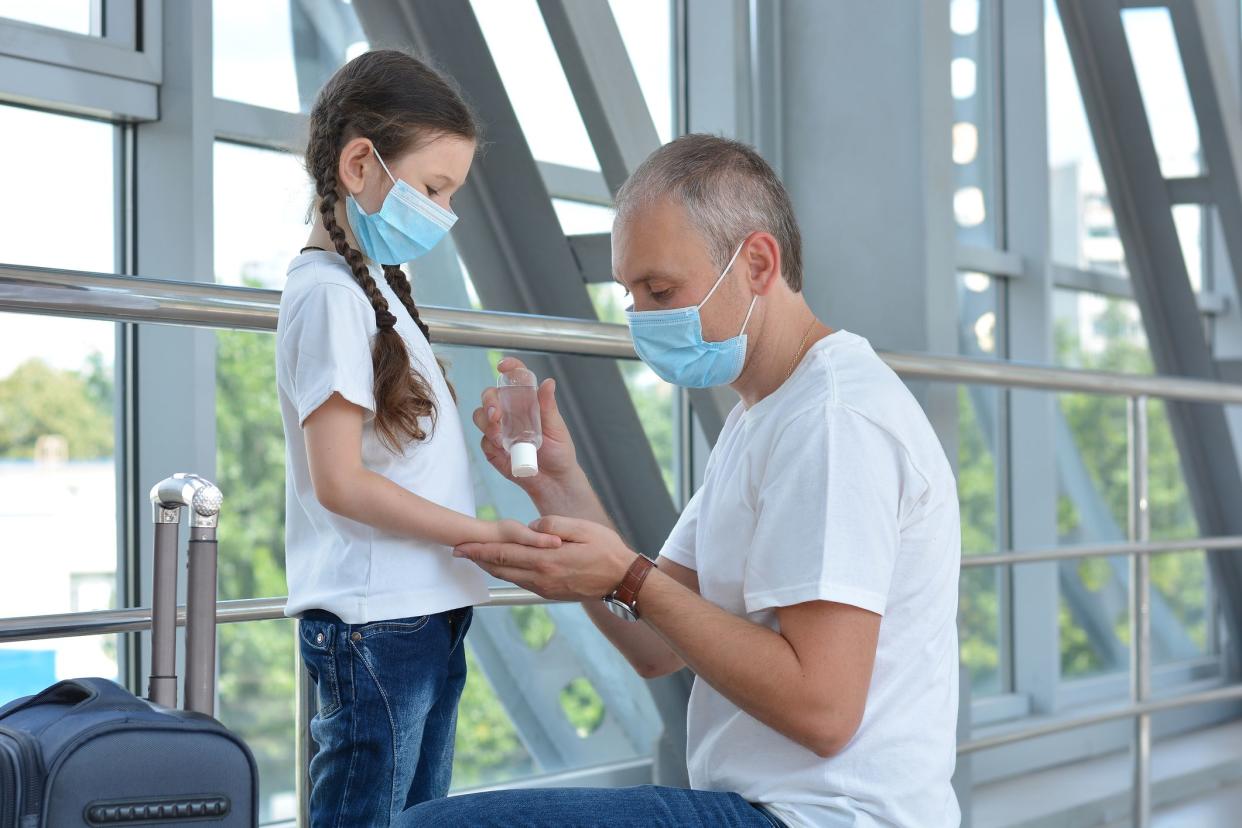
It’s not rocket science. You want your kids to be safe, so making sure they follow the rules is key. “Continue practicing social distancing measures and other CDC recommendations to avoid potential COVID-19 exposures,” says Dr. Henao. They did it in school, they can do it on the family trip.
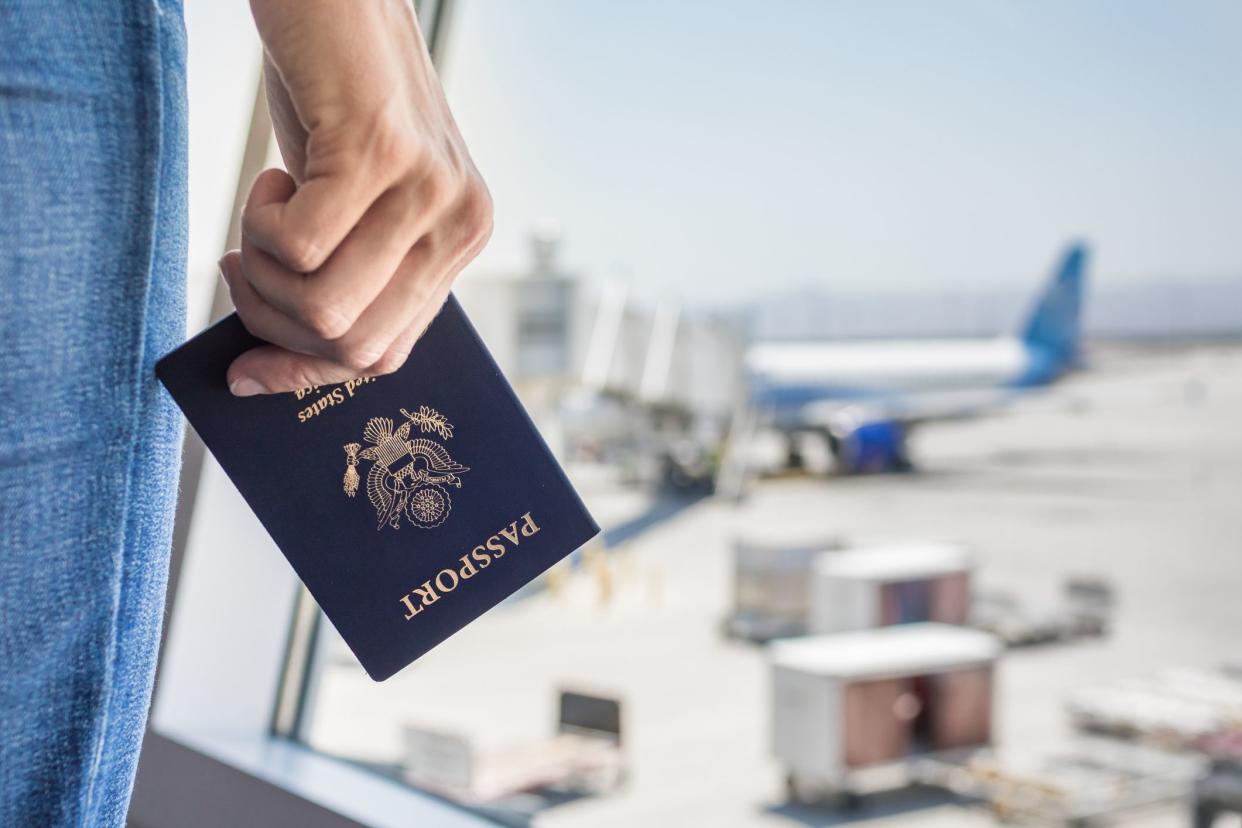
“At this point, international travel is highly restricted,” says Flint. “Many borders are closed to arrivals by non-citizens or those lacking permanent resident status. Travelers planning to take an international trip need to ensure that they meet the health requirements of the country they plan to visit.” Flint tells Cheapism that the IATA Travel Centre offers a travel regulations map but also suggests keeping in touch with your airline and the embassy of the country you plan to visit.
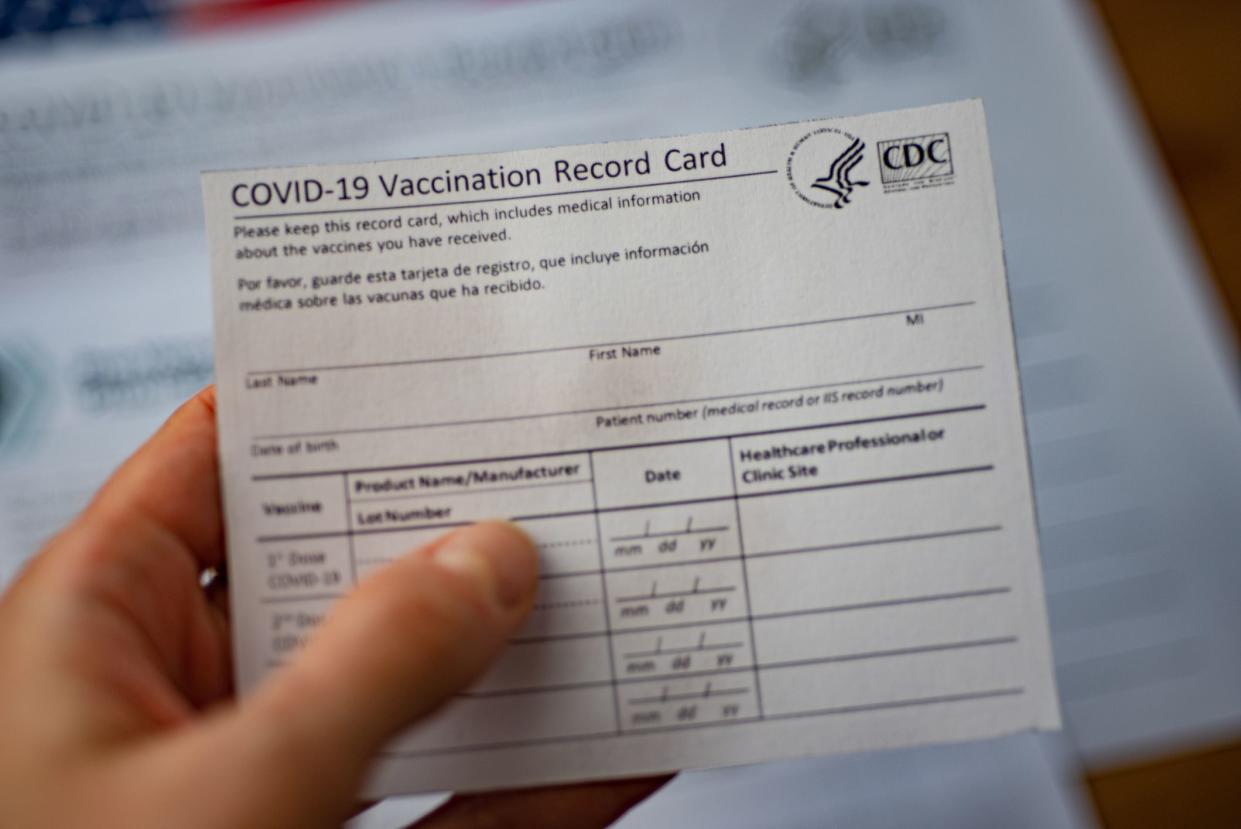
“Travelers may also face an arrival quarantine, the costs of which travelers will be responsible for bearing,” Flint notes. "A small but growing number of international destinations may require proof of a COVID-19 vaccination, either as a stand-alone requirement or as an alternative to testing and arrival quarantine." For U.S. travelers heading abroad, USA.gov offers a wealth of tips on international travel issues for Americans. For country-specific pandemic-related travel rules, including testing and quarantine, it points you to the embassy of the country you are visiting, as well as the CDC’s guidance on international travel.

The International Air Transport Association “is developing the IATA Travel Pass app to help travelers receive, store and share — if they desire — their digital test and vaccination results with airlines and border authorities electronically on their mobile devices, rather than having to carry and present paper documentation. However, for that to happen, governments need to accept digital test and vaccination results,” says Flint.

Food options in the airport may be limited. “Many have had to shut down during the pandemic either because of government health safety requirements or lack of business,” Flint tells Cheapism. “Furthermore, in-flight food and beverage services may be limited as airlines have simplified service to reduce possibilities for passenger-crew interaction to reduce possible infection risk.” The takeaway here: You might have to bring your own just to be sure.
Related: Where to Find a Good Meal at Every Major U.S. Airport

Gate-area seating may also be limited, Flint tells Cheapism. “Owing to distancing requirements, seating in gate areas may also be limited compared to pre-COVID days.”
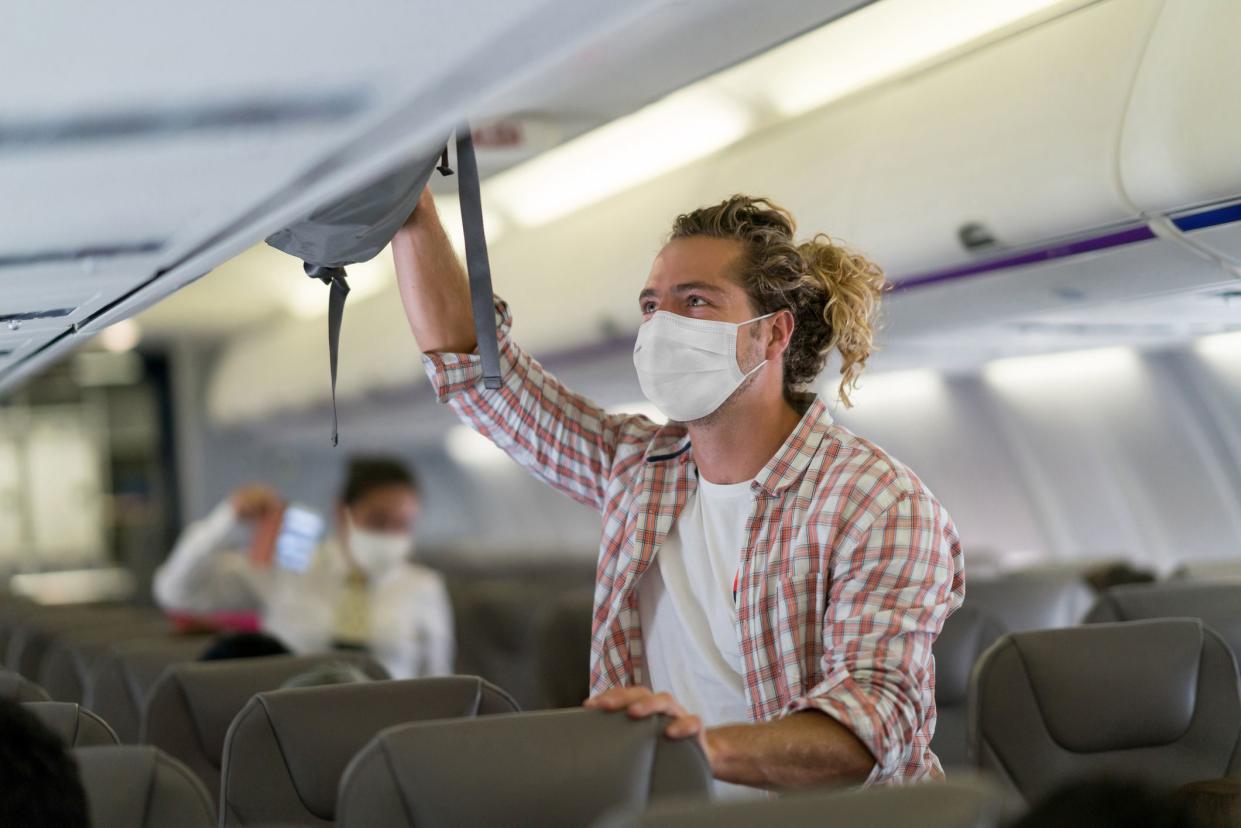
As the baggage claim areas are traditionally some of the airport’s most crowded spots, travelers may want to consider bringing just carry-on luggage. As they say, less is more.
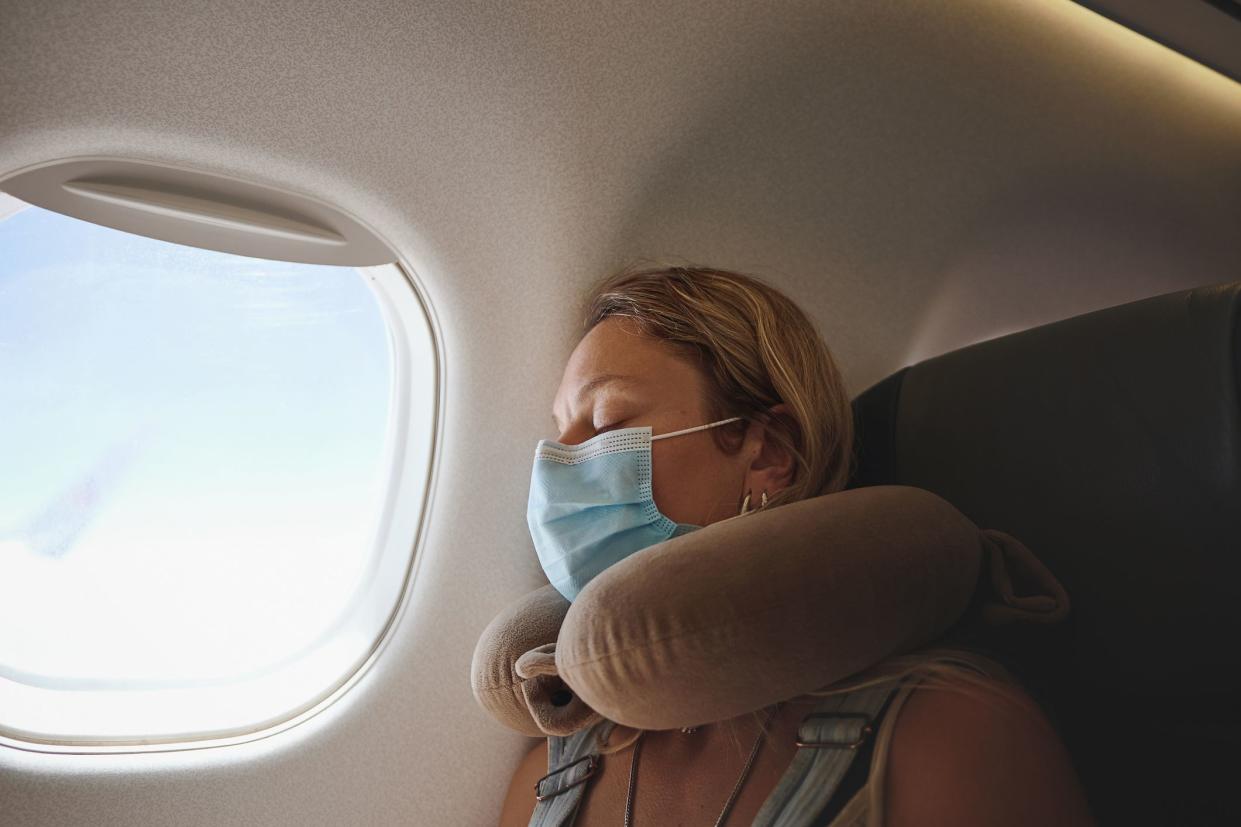
Don’t get so wrapped up in the new rules that you forget what you usually bring to make a trip comfortable. Think earbuds, neck pillow, blanket and sleep mask to ensure a relaxing, restful flight. And make sure any health-related needs, such as compression socks or prescription medicine, are also accounted for. Heck, you might even want to pack that extra roll of toilet tissue! And most important — remember to enjoy your trip.
Related: 23 Carry-On Essentials to Pack for Your Next Flight